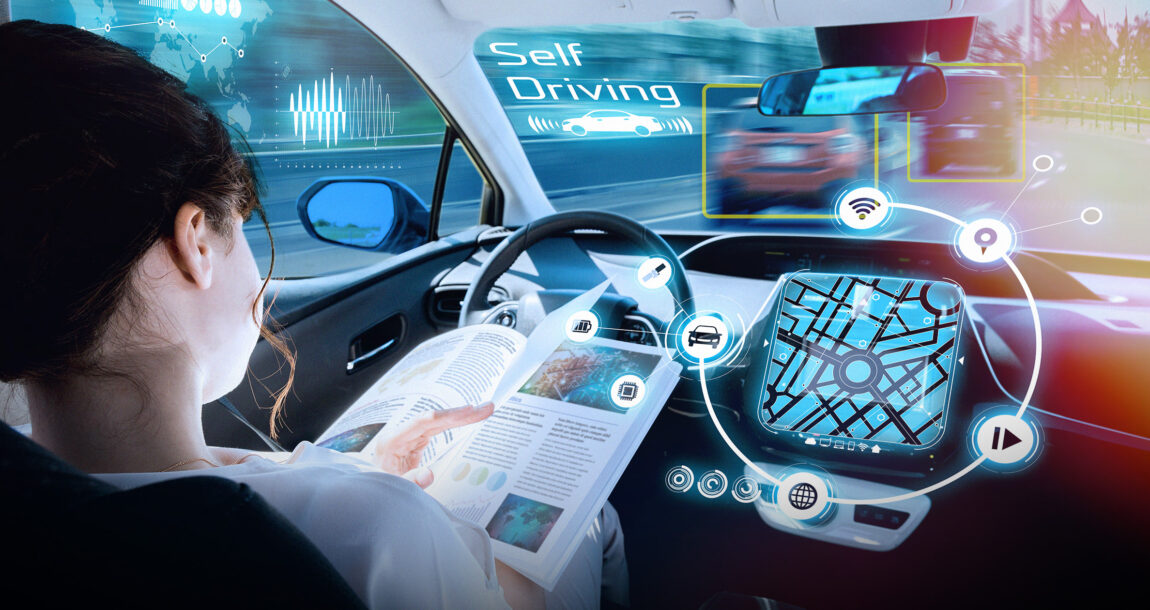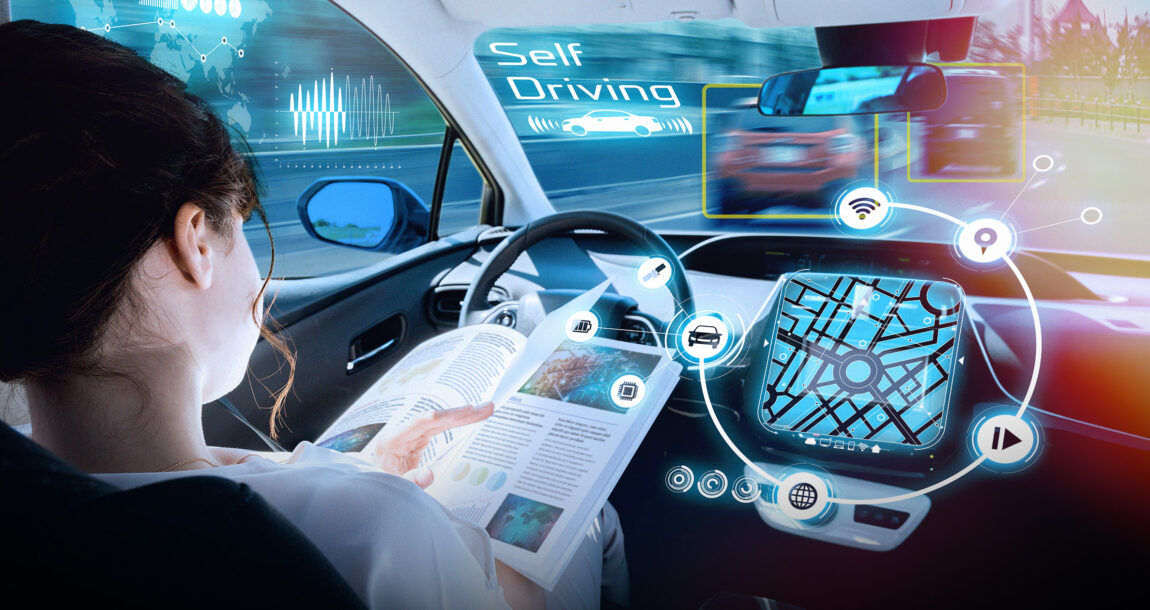Introduction
The auto insurance industry has experienced significant transformation over the past few decades, largely driven by advancements in technology. This evolution is reshaping how insurance companies operate, how policies are priced, and how customers interact with insurers. The integration of technology in auto insurance is leading to increased efficiency, better risk assessment, and improved customer experiences. This article explores the role of technology in modern auto insurance, highlighting key innovations and their impact on the industry.
Telematics and Usage-Based Insurance
What is Telematics?
Telematics refers to the use of telecommunications and informatics to collect and analyze data on driving behavior. This technology involves installing a small device in the vehicle or using a smartphone app to gather data such as speed, braking patterns, mileage, and time of day when driving. This data is then transmitted to the insurance company.

Usage-Based Insurance (UBI)
Usage-Based Insurance (UBI) is a model that leverages telematics data to determine insurance premiums based on actual driving behavior rather than traditional factors like age, gender, or credit score. UBI models include Pay-As-You-Drive (PAYD), Pay-How-You-Drive (PHYD), and Manage-How-You-Drive (MHYD).
Benefits of Telematics and UBI
- Fairer Pricing: UBI allows for more personalized premiums, rewarding safe drivers with lower rates and encouraging better driving habits.
- Accurate Risk Assessment: Insurers can assess risk more accurately by analyzing real-time data, leading to better underwriting decisions.
- Reduced Fraud: Telematics can help detect fraudulent claims by providing detailed information about driving events before and during accidents.
- Enhanced Customer Engagement: Drivers receive feedback on their driving habits, promoting safer behavior and fostering a proactive relationship between insurers and customers.
Artificial Intelligence and Machine Learning
Claims Processing
Artificial Intelligence (AI) and Machine Learning (ML) are revolutionizing claims processing in the auto insurance industry. Traditionally, claims processing has been a time-consuming and labor-intensive task. AI and ML streamline this process by automating several aspects:
- Fraud Detection: AI algorithms can analyze patterns and anomalies in claims data to identify potential fraud, reducing losses for insurers.
- Damage Assessment: Image recognition technology enables AI systems to assess vehicle damage from photos, providing quick and accurate estimates for repairs.
- Automated Workflows: ML models can automate routine tasks such as data entry, documentation, and communication, speeding up the claims process.
Underwriting and Risk Assessment
AI and ML also play a crucial role in underwriting and risk assessment. By analyzing vast amounts of data from various sources, these technologies help insurers make more informed decisions:
- Predictive Analytics: ML algorithms can predict future claims and losses based on historical data, allowing insurers to price policies more accurately.
- Customer Segmentation: AI can segment customers based on risk profiles, enabling insurers to offer tailored products and services.
- Real-Time Adjustments: Insurers can adjust premiums in real-time based on changing risk factors, providing more dynamic and responsive pricing models.
Internet of Things (IoT)
Connected Cars
The Internet of Things (IoT) encompasses a network of interconnected devices that collect and exchange data. In the context of auto insurance, IoT includes connected cars equipped with sensors and communication technologies. These vehicles generate a wealth of data that can be leveraged by insurers:
- Real-Time Monitoring: Connected cars provide real-time data on vehicle performance, location, and driving behavior, helping insurers monitor risk continuously.
- Preventive Maintenance: IoT sensors can detect potential mechanical issues before they lead to accidents, reducing the likelihood of claims.
- Accident Response: In the event of an accident, connected cars can automatically alert emergency services and insurers, speeding up the response time and claims process.
Smart Devices and Wearables
In addition to connected cars, smart devices and wearables also contribute to the auto insurance ecosystem. These devices can monitor driver health and behavior, offering additional insights for insurers:
- Health Monitoring: Wearables can track vital signs and alert drivers to potential health issues, reducing the risk of accidents caused by medical emergencies.
- Driver Behavior: Smart devices can provide feedback on driving habits, promoting safer behavior and potentially lowering insurance premiums.
Blockchain Technology
Transparency and Security
Blockchain technology, known for its use in cryptocurrencies, is finding applications in auto insurance as well. Blockchain provides a decentralized and immutable ledger, offering several benefits:
- Enhanced Transparency: All transactions and data entries on the blockchain are transparent and verifiable, reducing disputes and enhancing trust between insurers and customers.
- Improved Security: The decentralized nature of blockchain makes it highly secure, protecting sensitive data from cyberattacks and fraud.
- Efficient Claims Processing: Smart contracts on the blockchain can automate and streamline claims processing, ensuring quicker settlements and reduced administrative costs.
Data Sharing
Blockchain also facilitates secure and efficient data sharing among stakeholders in the auto insurance ecosystem:
- Interoperability: Different entities, such as insurers, repair shops, and regulatory bodies, can securely share data on a common blockchain platform, improving coordination and efficiency.
- Customer Control: Customers can have more control over their data, deciding who can access it and under what conditions, enhancing privacy and trust.
Customer Experience and Engagement
Digital Platforms and Mobile Apps
Modern technology has transformed the way customers interact with insurance companies. Digital platforms and mobile apps offer a range of services that enhance customer experience:
- Policy Management: Customers can easily manage their policies, make payments, and update information through user-friendly digital interfaces.
- Claims Filing: Mobile apps allow customers to file claims quickly and conveniently, often with step-by-step guidance and real-time updates.
- Customer Support: Chatbots and virtual assistants powered by AI provide 24/7 customer support, addressing queries and resolving issues promptly.
Personalized Services
Technology enables insurers to offer personalized services tailored to individual customer needs:
- Customized Policies: Insurers can create customized policies based on detailed customer profiles, offering coverage that meets specific requirements.
- Proactive Communication: AI-driven insights allow insurers to anticipate customer needs and communicate proactively, enhancing satisfaction and loyalty.
- Rewards Programs: Telematics data can be used to create rewards programs that incentivize safe driving, providing discounts, and other benefits to customers.
Challenges and Considerations
Privacy and Data Security
While technology offers numerous benefits, it also raises concerns about privacy and data security. Insurers must ensure that customer data is protected and used responsibly:
- Data Protection Regulations: Compliance with regulations such as the General Data Protection Regulation (GDPR) is essential to protect customer privacy and avoid legal issues.
- Cybersecurity Measures: Robust cybersecurity measures are necessary to safeguard data from breaches and cyberattacks.
Ethical Concerns
The use of technology in auto insurance also brings ethical considerations:
- Bias and Fairness: AI and ML models must be designed to avoid bias and ensure fairness in underwriting and claims processing.
- Transparency: Insurers must be transparent about how data is collected and used, providing customers with clear information and obtaining informed consent.
Technological Dependence
As the industry becomes increasingly reliant on technology, insurers must address potential risks associated with technological dependence:
- System Reliability: Ensuring the reliability and robustness of technological systems is crucial to prevent disruptions in service.
- Human Oversight: Despite automation, human oversight remains important to handle complex cases and make nuanced decisions.
Conclusion
The role of technology in modern auto insurance is multifaceted and transformative. From telematics and AI to IoT and blockchain, technological innovations are reshaping the industry, driving efficiency, and enhancing customer experiences. While challenges exist, the benefits of integrating technology into auto insurance are substantial, paving the way for a more dynamic, responsive, and customer-centric industry. As technology continues to evolve, the auto insurance sector will need to adapt and innovate, leveraging new tools and methodologies to stay competitive and meet the changing needs of customers.
